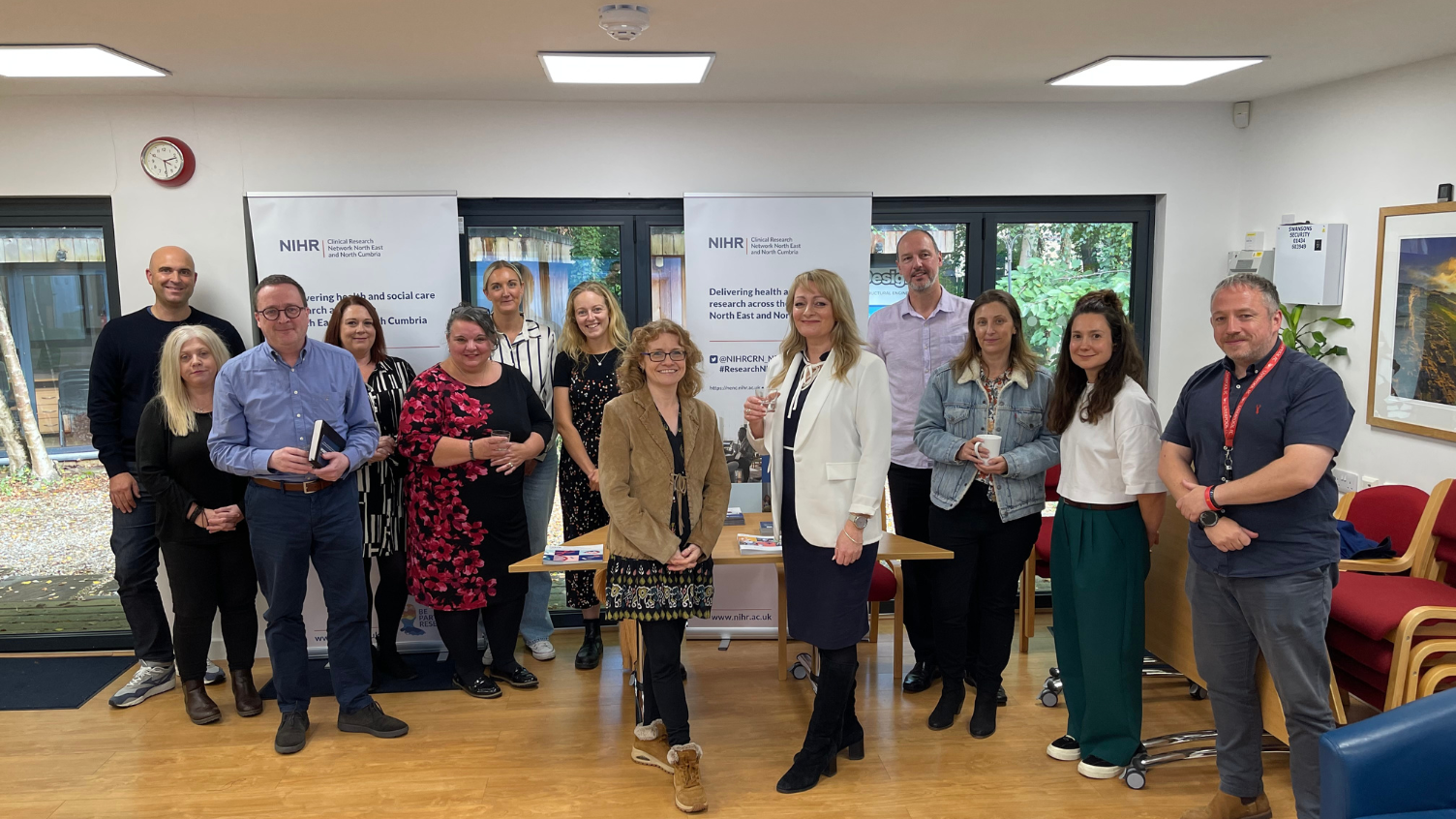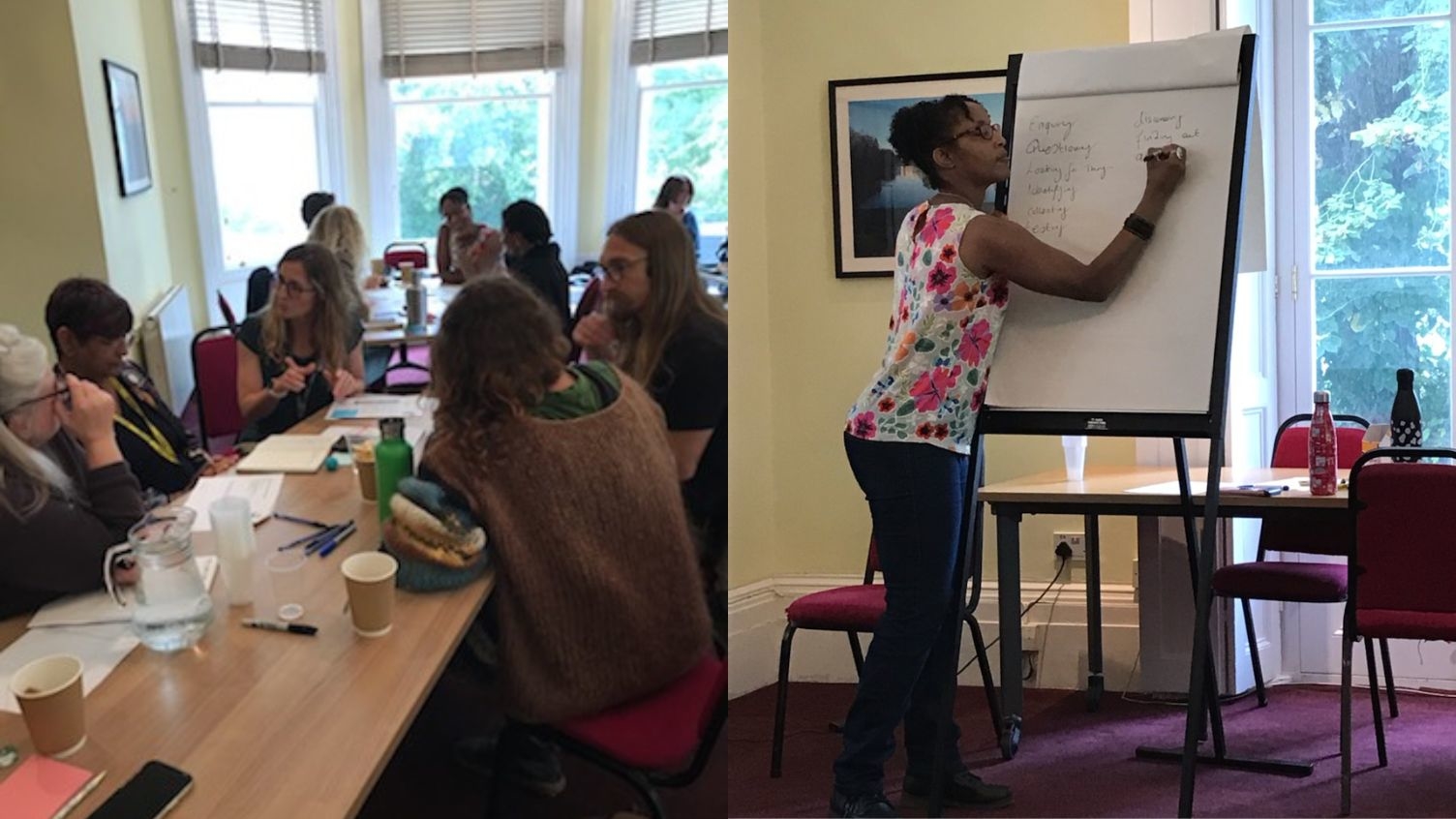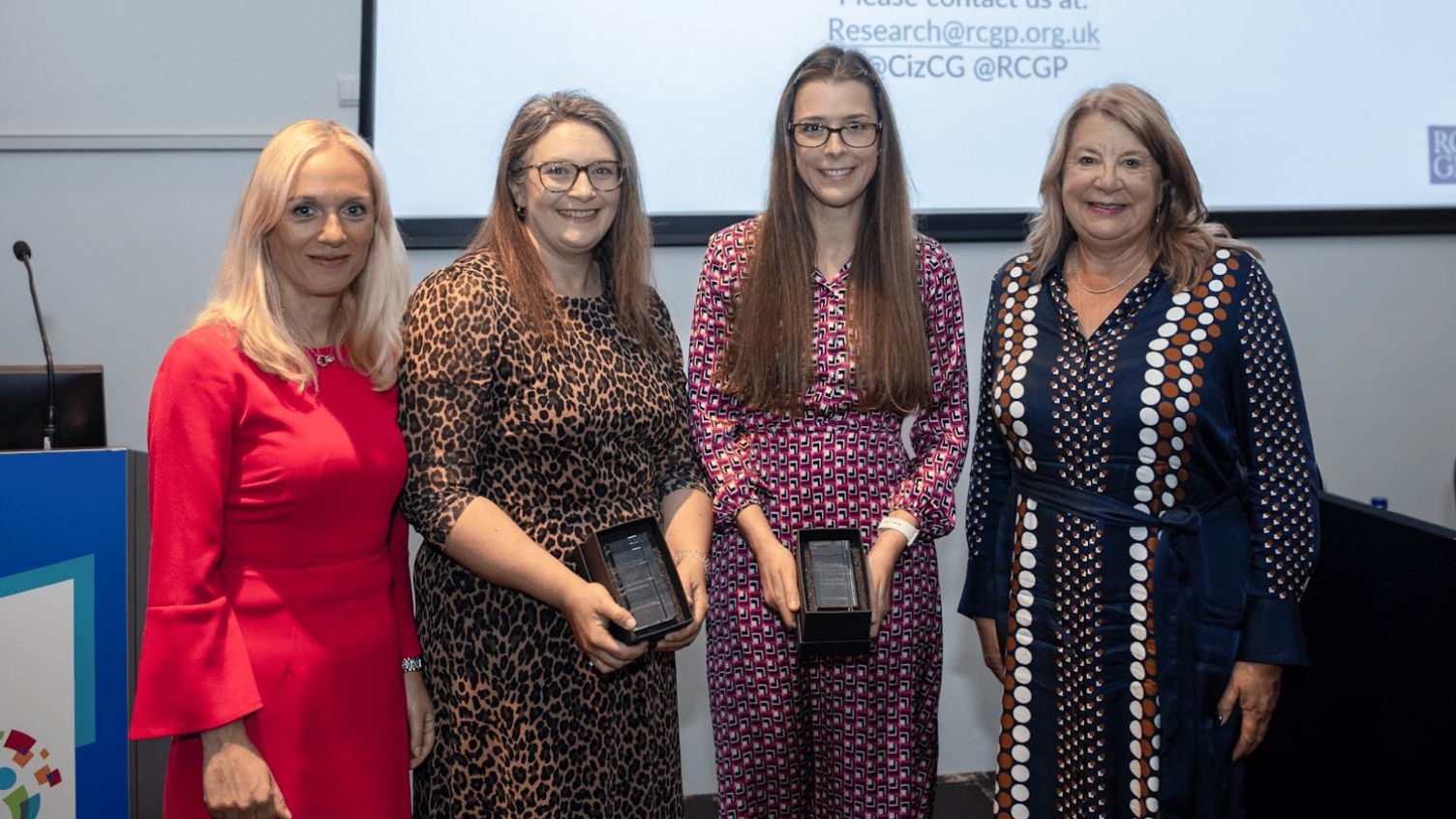Professor Caroline Wroe on ‘distributed leadership’ in research delivery
- 28 September 2023
- 2 min read
This blog was originally written by Professor Caroline Wroe, Clinical Director of the NIHR Clinical Research Network North East and North Cumbria, for the Newcastle Health Innovation Partners (NHIP) website.
Distributed leadership in health and care has been defined as – “an approach to leadership that endorses work practices that combine knowledge, abilities and skills of many individuals… thus creating opportunities for leadership to emerge from individuals at all grades and levels within a team or organisation” (Curtis et al., 2021).
In my role as Clinical Director of the NIHR Clinical Research Network North East and North Cumbria (CRN NENC) and member of the NHIP strategy board, I work with many different organisations and healthcare leaders across our region. For this blog, I will showcase the benefits of working together across organisations using the concept of distributed leadership in research delivery.
One particularly striking example is a recent study about improving primary care provisions for adults with autism. The study was running across multiple organisations in the Newcastle area and was flagged as needing additional support to meet its recruitment target due to changes to the primary care landscape since the COVID-19 pandemic.
The study’s Chief and Principal Investigators, CRN NENC support staff, primary care leaders from across the region and study sponsors got together to identify the challenges and explore ways to increase recruitment. Many GP practices had expressed interest in being involved with the study, although some of them expressed concerns about capacity and set-up times were slow. The group devised a plan to work closely with GP practices to inform them about the study, facilitate study set-up and further support those who were concerned about capacity.
The group set up a website with information about the study and circulated it to interested GP practices. Members of the CRN NENC team then followed up with each practice on an individual basis to discuss any challenges and come up with solutions. Additional staffing was made available from CRN NENC to support with study set-up and consenting participants. A run-chart was created to allow the group to track progress and visualise any changes over time.
The result was that each site was able to set up and start recruiting much more quickly, bringing the recruitment target within an achievable reach.
This is an excellent example of distributed leadership at work, as it combined the knowledge and skills of many individuals not only within a single team, but across multiple organisations. Each person involved brought a different skill to the table, such as first-hand knowledge of the primary case landscape, expertise in site set-up, project management, informatics and communications.
By enabling a research community where staff of diverse backgrounds and different skill sets work together closely to advance research for the benefit of our local people, we are able to deliver more. I believe that distributed leadership provides a fantastic opportunity to learn, to see where our skills and knowledge complement each other, and to give staff the chance to become leaders in their own fields.
The world of research is ever-changing and I look forward to seeing how we continue to work together and provide more opportunities for people to shine over the coming years.


